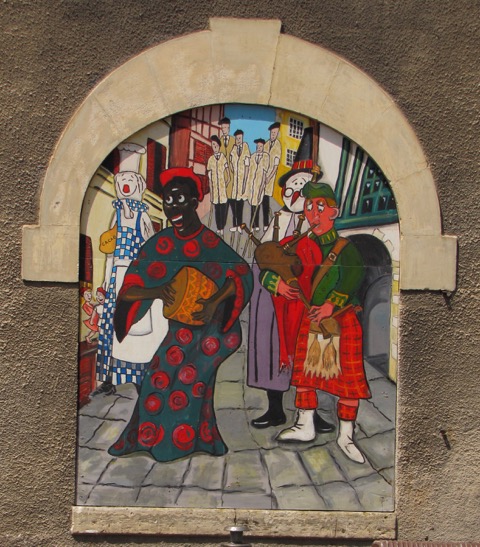
If anyone ever asks me why I chose to do the Camino, otherwise known as The Way of St. James, I wouldn’t be able to give a straight answer. I had an inkling of its do-ability but never thought of pursuing it until a basic idle thought, followed by intense spontaneous curiosity led me to a firm decision a week later. A bit of a discussion with a friend who had done part of it, some internet research and an odd recollection of a podcast featuring Paolo Coelho and inspiration to start writing his bestselling surrealist novels after his Camino experience, all may have brought me here. The French national rail operator, SNCF, seems fine tuned to ‘’pilgrim’’ needs as all that one needed to do to kick it off was to buy a one-way ticket from the Paris mega-polis to the diminutive but not insignificant St. Jean-Pied-de-Port.[/vc_column_text]
The cold anonymity of ones existence in a large city like Paris began to warm up at Bayonne, in the French Basque country, where I left my TGV train and had a 2 hour layover until my regional TER train departed. I identified friendly looking faces of pilgrims. The writer of a guide book that I downloaded online highlighted the reason for him coming on the Camino time and time again was because of this opening up. Camaraderie, interest in others and a good atmosphere. It looks like I missed a really massive vibe–the Fêtes de Bayonne, the city’s annual festival, had just concluded yesterday and as I walked through the town I saw the aftermath – hangovered youth dressed all white with red sashes and scarves wandering around town, a pile of garbage by the riverside and a busy tapas food court no doubt full of punters with the post-fiesta munchies.




